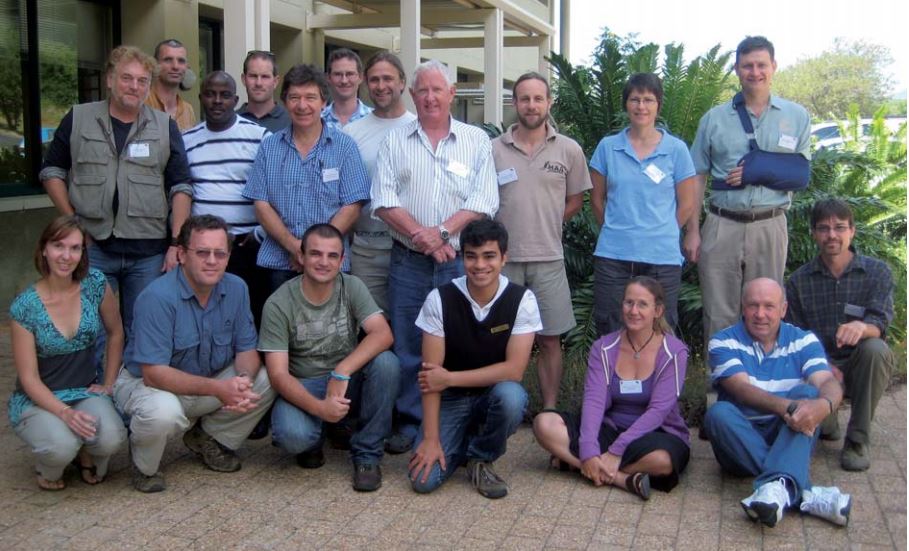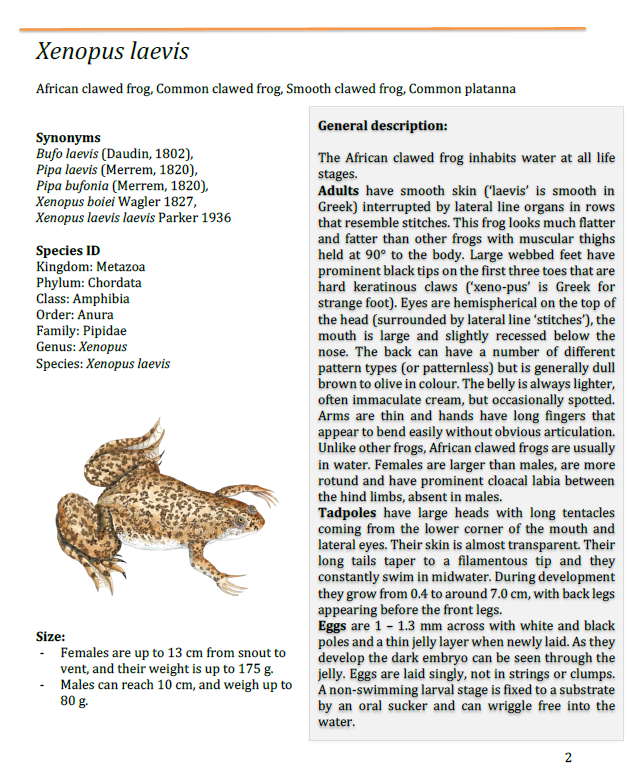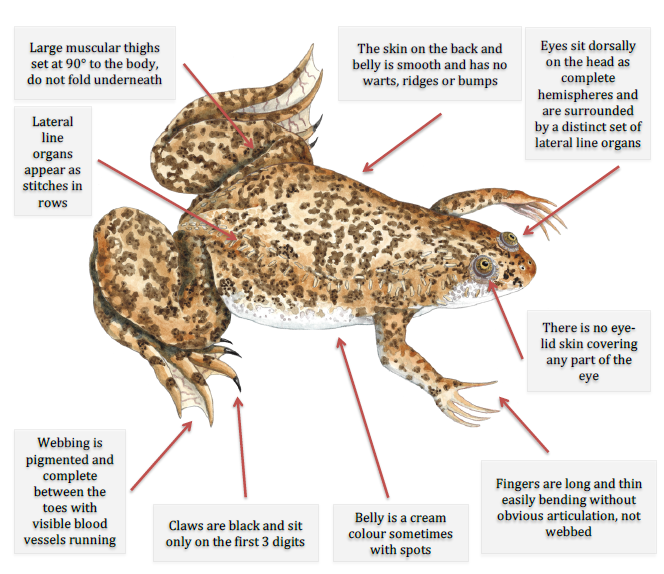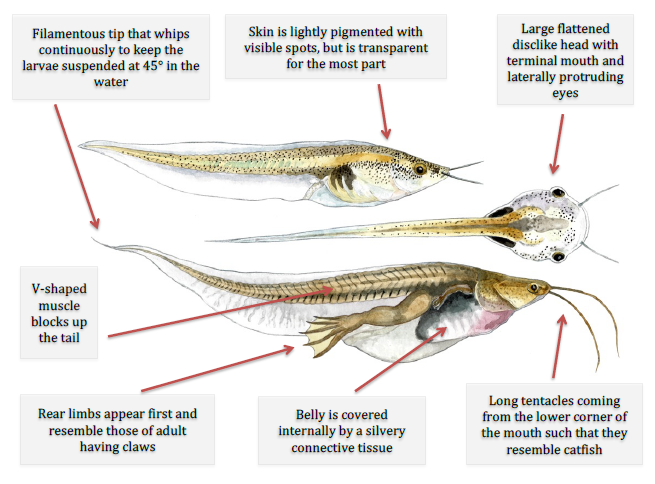The first GAA3 meeting for Red Listing the amphibians of southern African
The first Global Amphibian Assessment (GAA) took place in various workshops around the world from 1999 to 2002 (see Stuart et al 2004). I got involved by helping to assess the South African pipids while at University of the Western Cape (Measey 2004), and later at a workshop in Watamu, Kenya in April 2002.
I hosted the first re-assessment of South African amphibians in 2009, a process that incorporated the published strategy for conservation research on southern African amphibians. Together with other members of the workshop, we turned the results of this meeting into a book (Measey 2011), which I edited, and was published by SANBI in early 2011. The book is available as a free pdf to download, and you can get your own copy here.
We repeated the Red Listing process again in November 2015 (see here) as well as appraising the results of the previous meeting (Measey et al. 2019), and these results were carried into the second Global Amphibian Assessment (GAA2), one of the outputs of which was published last year (see here) (Luedtke et al. 2023).

The assessments should be updated every five years, and so it was high time to do it again. This time we got together at the Calders Hotel in Fish Hoek.
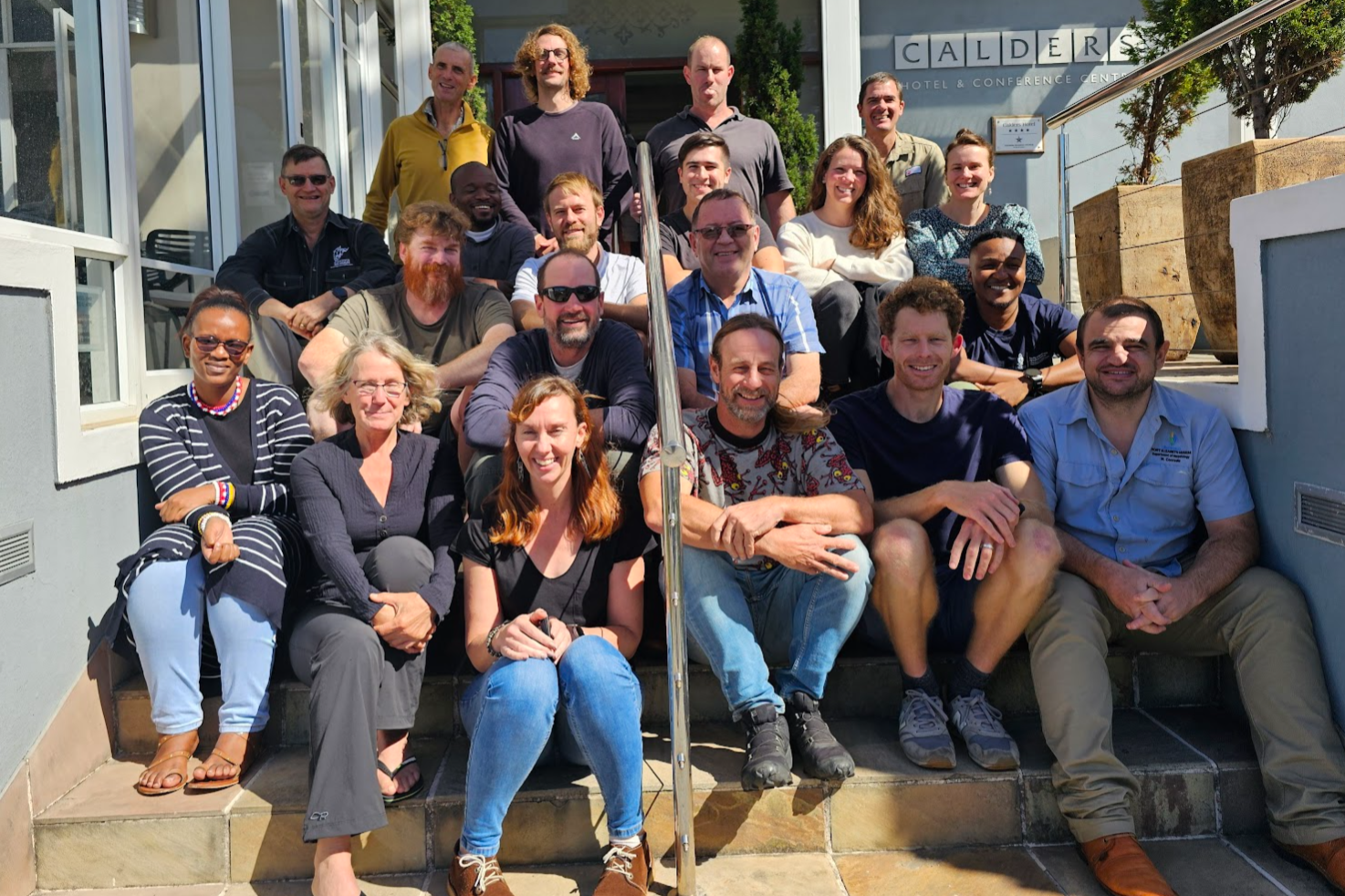
It’s quite fun to see the faces in these images ageing. There has been a loss of a few of the older faces too. But the really great thing was to see the large number of new faces who brought with them some excellent expertise that amazed me. The workshop was hosted by Josh Weeber and current IUCN southern African Amphibian Specialist Group (IUCN-SSC) Chair Jeanne Tarrant.
This is officially the first workshop of the GAA3!
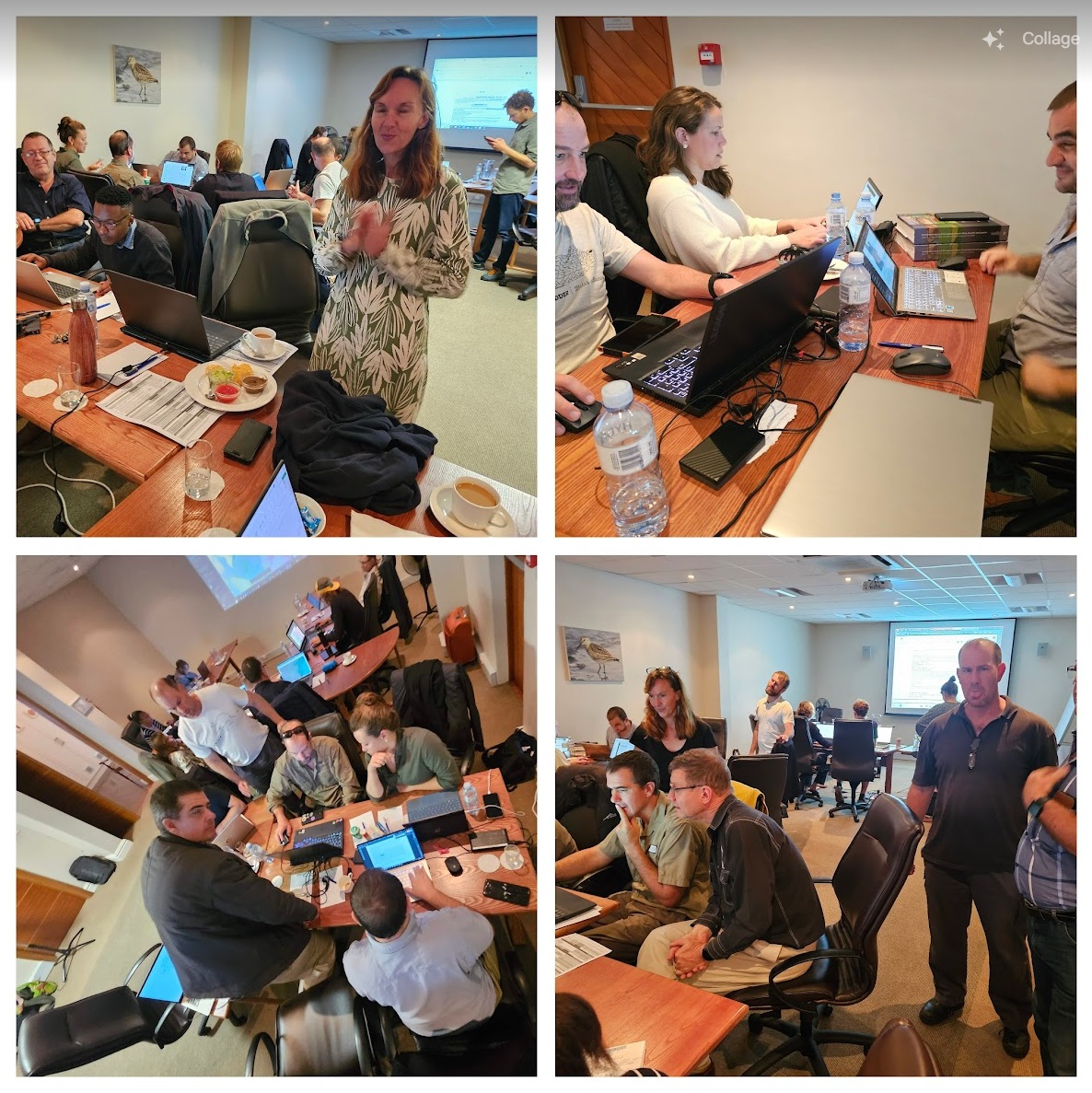
Although we spent four days solidly assessing the amphibians, we didn’t finish. Lots more work to do before we can submit the updates and have them published on the Red List site. Stay tuned for this update.
Further Reading:
Measey, G.J. (2004). The Genus Xenopus (Wagler 1827). In: Atlas and Red Data Book of the Frogs ofSouth Africa, Lesotho and Swaziland, 258-259. Minter, L.R. et al. (eds). Washington DC: Smithsonian Institution Press. pdf
Measey, G.J. (ed.) (2011). Ensuring a Future for South Africa's Frogs: A Strategy for Conservation Research. Biodiversity Series 19. South African National Biodiversity Institute, Pretoria. pdf
Measey, J., Tarrant, J., Rebelo, A.D., Turner, A.A., Du Preez, L.H., Mokhatla, M.M., Conradie, W. (2019) Has strategic planning made a difference to amphibianconservation research in South Africa? African Biodiversity & Conservation - Bothalia 49(1), a2428. https://doi.org/10.4102/abc.v49i1.2428 pdf
